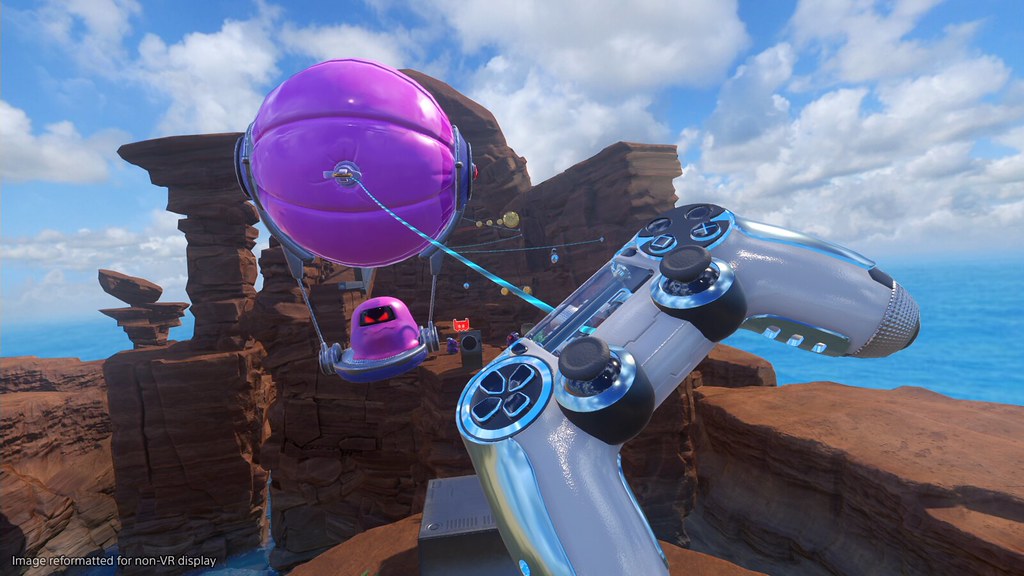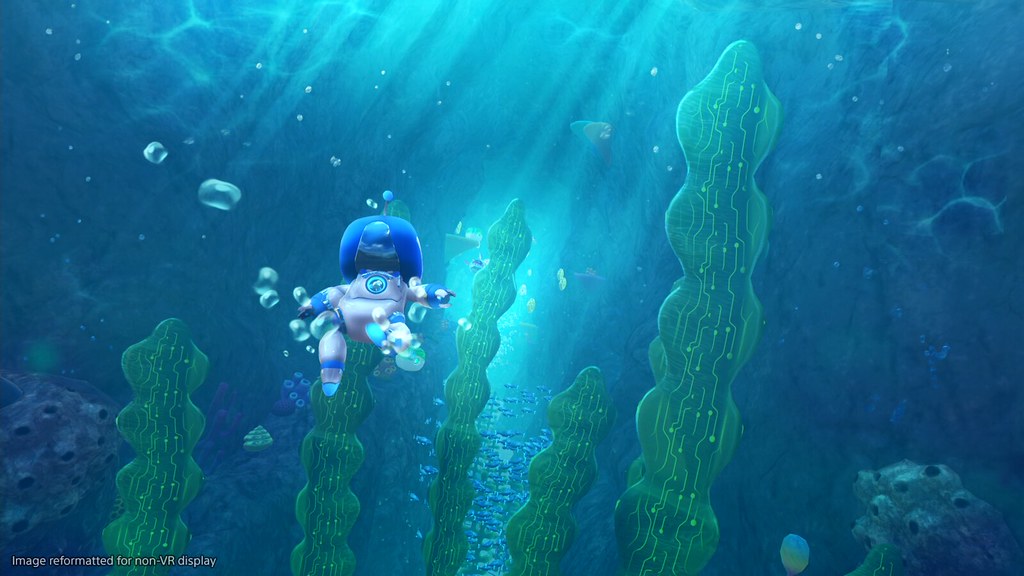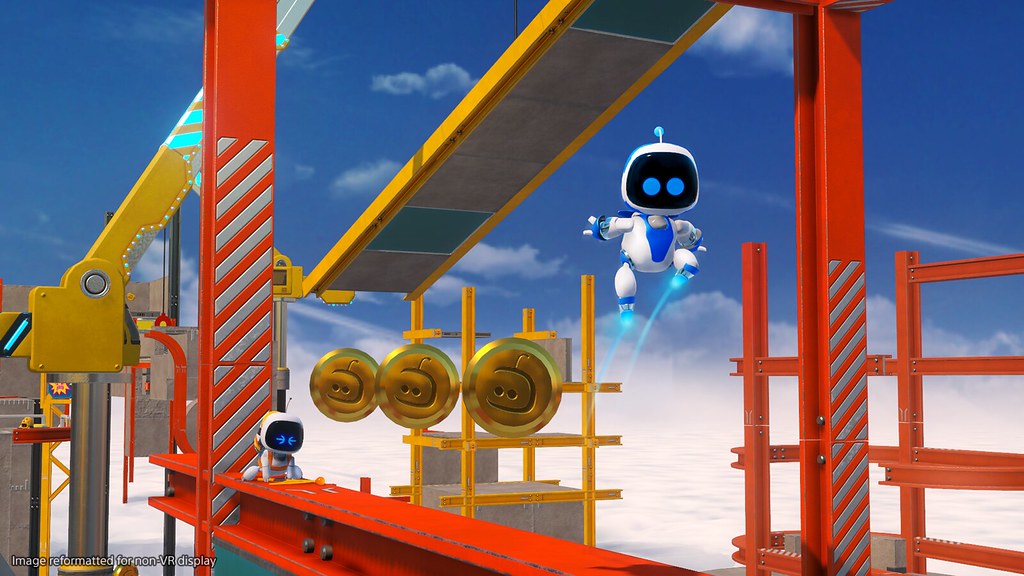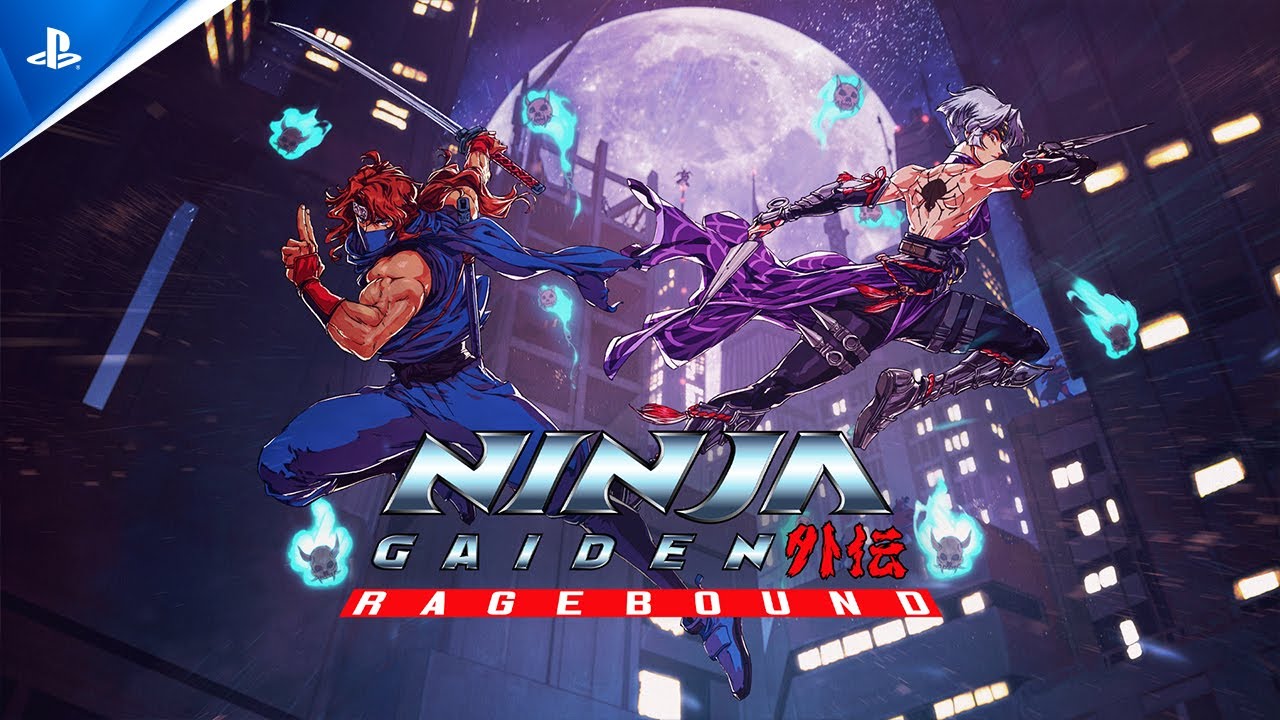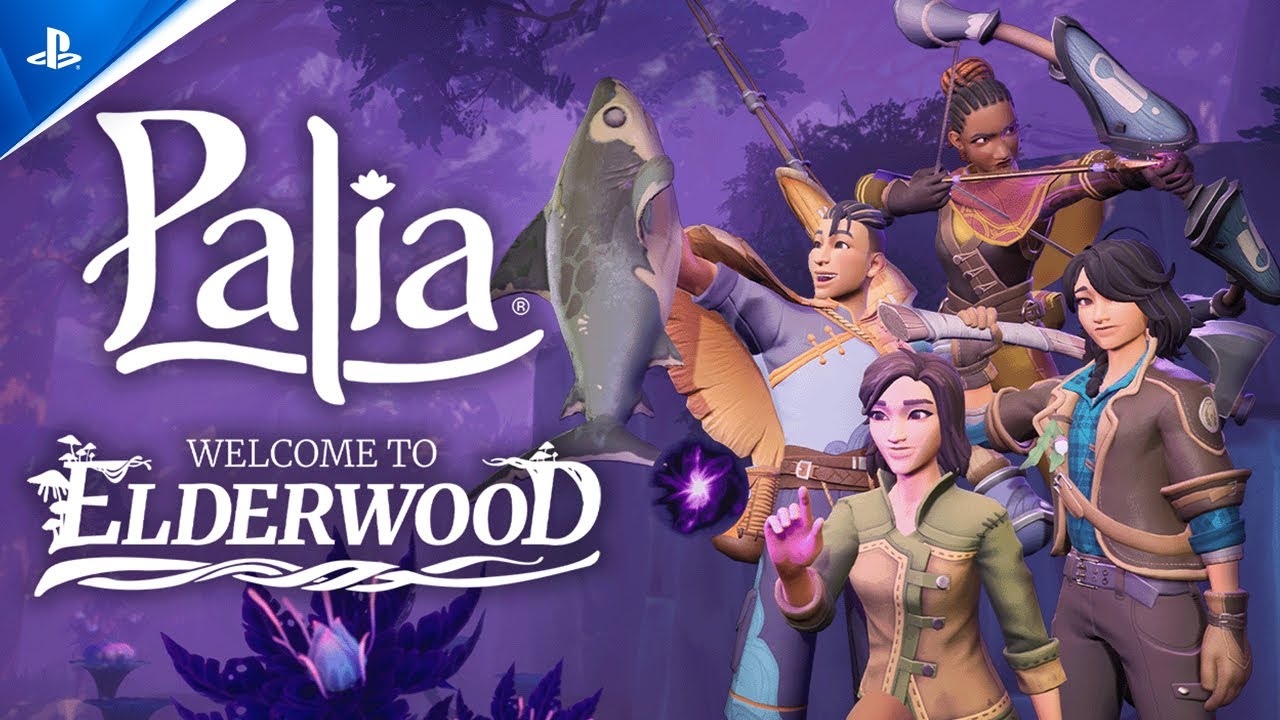Astro Bot Rescue Mission lifts those cute robotic mascots from The Playroom VR and transplants them into a charming and immersive platform adventure, launching soon for PS VR.
As we’re quick to find out when we sat down with Creative Director Nic Doucet at E3 last week, creating a platformer in VR isn’t as simple as switching camera controls from right stick to headset. You need to build an experience that’s tailored specifically to the platform and utilises its strengths.
Japan Studio has worked tirelessly not only to reimagine those genre essentials – tight controls, challenging platforming, big bosses, ‘secret’ areas – but also to bring something unique to the table.
In Astro Bot Rescue Mission, you control an on-screen character through a series of platforming adventures. But you also exist within the same levels, requiring some judicious co-op play to reach the finish line. You’ll interact with obstacles (such as head-butting signs) placed to halt your exploration. In addition, your Dualshock 4, also appearing in-game, transforms into a number of useful gadgets to help you both progress.
Doucet detailed the game’s innovative gameplay to a rapt audience during a PlayStation Live panel on E3’s showfloor last week. Shortly after, we found a quiet corner behind the scenes so he could further elaborate on his creation and layout his dos and don’ts for making a great PS VR platformer.
Here are a few items from his rulebook.
DO make sure you embrace the fresh perspective VR brings
Doucet and his team were adamant that your headset be much more than just an alternative control scheme for the in-game camera. It, and by extension your body, allows you to explore the world alongside your robo-pal.
“You’re able to see places you couldn’t see before,” he explains. “And this element of discovery or exploration, even if it’s really just a few centimetres just to see behind a platform, that in itself is can become an entire core mechanic.”
As we talk, Doucet outlines how perspective is one of three core elements to gameplay (the other two are outlined below). And all have organically evolved and originated from the team’s earliest experiments with PS VR.
DO play with depth of field and embrace the player’s presence in the world
I share my concern that the further I pushed my Astro Bot friend into the far distance, the more worried I was that something awful would befall him; something I’d be unable to prevent. A concern I feel initially foolish sharing, given I’m in direct control of the character.
But Doucet confirms this is by design; a perfectly natural-effect of PS VR’s increased perception of depth emphasising the growing distance between us. In PS VR, proximity infers safety.
But the studio wants to play with that, because added depth means added gameplay. While you’re feeling your gut twist with worry, you’ve some long-range weaponry to help your pal out. “We’ve developed these [Dualshock 4 controlled] gadgets, to give the player a secondary key roles, such as creating paths for your character,” he says.
Perspective, depth of field, player presence: three core concepts make up the heart of Astro Bot Rescue Mission’s gameplay.
DON’T forget to play with the duality of perspectives
Your own presence in the game world shouldn’t be understated or forgotten, insists Doucet. It shouldn’t be entirely about your Astro Bot’s perspective; you should soak in the wonder of your surroundings as well.
“You have to create moments to match the player scale,” he explains, even if they have no real impact on gameplay, that are built to dazzle you and you alone – such as a massive rainbow flying over the player’s head during a sky level.
DO make sure every level has at least one immersive set-piece only possible with VR
Glimpsed during the PlayStation Live panel is an aquatic section, in which our Astro Bot, replete with rubber ring, swims through beautifully rippling waves.
It’s a tease of a new take on the classic water level, full of setpiece moments. Firstly, huge waves have you instinctively holding your breath as they crash over you and your pal. And then there’s the nod to Disney’s Pinocchio: a whole stage happens inside the body of a whale after it swallows you (“It’s very much a VR moment,” says Doucet).
Of the latter, the director remains coy on details – “I don’t want to spoil it!” he exclaims – but is happy to elaborate on how the former works as a setpiece for both of you.
“This massive wave will smash into your face,” Doucet explains, further expanding on the duality of perspectives that Astro Bot Rescue Mission brings. “Our system can scale up a wave for a VR moment, or scale it down for a gameplay moment.”
He goes on to example a cool-sounding sequence later in the same stage in which your viewpoint will switch depending on wave height. Sometimes you’ll be gazing up at your friend from within a wave as they swim along its top, and other times from above as the sea level drops.
DO make sure platforming is the primary focus of each level, however
The studio kept ‘sketches’ of each level’s sections to more easily visualise how each was structured. They wanted to make sure each stage was punctuated with VR moments – “somewhere at the beginning, near the middle and then the climax” – but also to make sure the experience continued to favour “the core of the game”, the platforming.
“The ratio would be something like between 80 and 90% platforming, punctuated with these VR moments,” Doucet says. “We had to constantly juggle those two elements.”
DON’T be afraid to drop that really great idea you had if it doesn’t fit the game
Doucet explains that the studio has put some good ideas to the side simply because they weren’t the right fit for Astro Bot Rescue Mission.
“That’s the way we work actually; we always come from gameplay. We do loads of things in individual bits and then we bring them together, and see if we can make them work.
“It has its pros and cons. It means that you can get a lot of innovation but the difficult part is making stuff co-exist. And as a result sometimes we have to drop good ideas, maybe because, for example, the world and the gadget don’t match anymore.”








